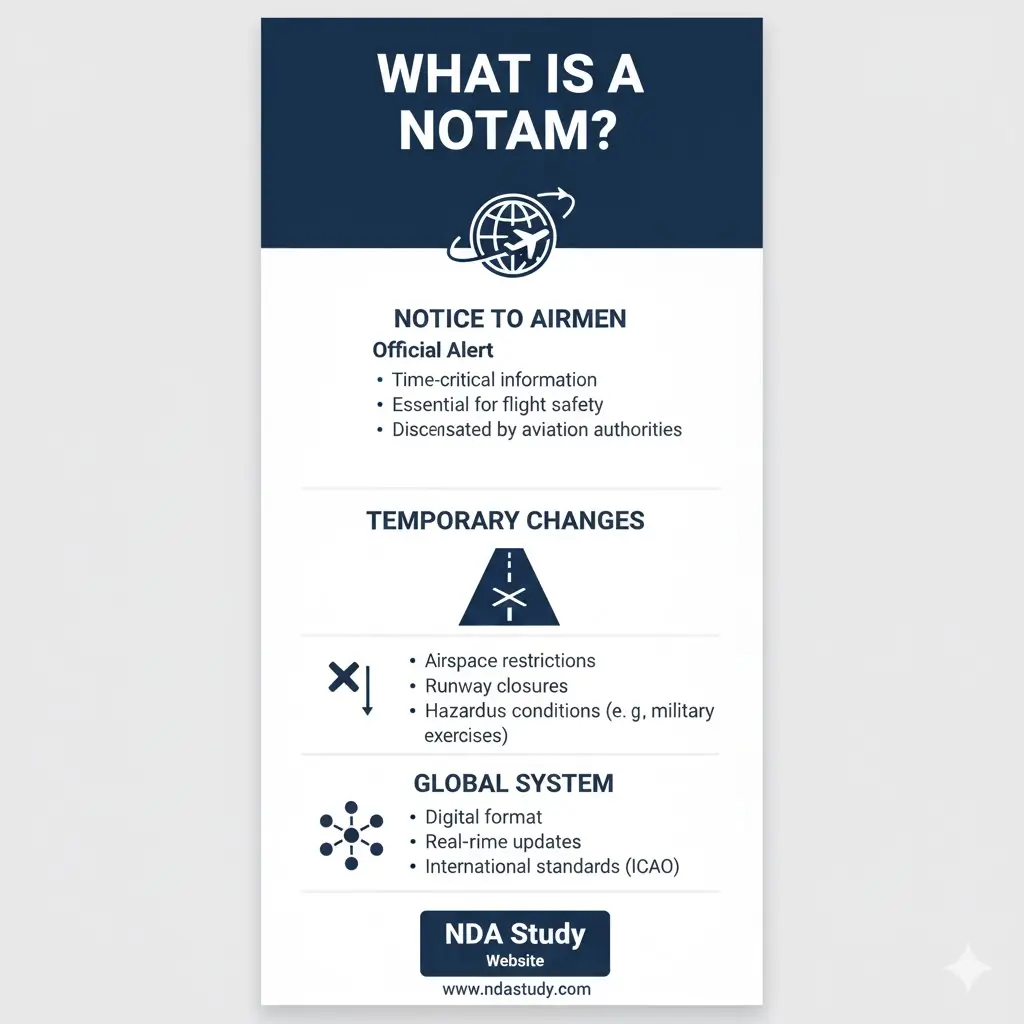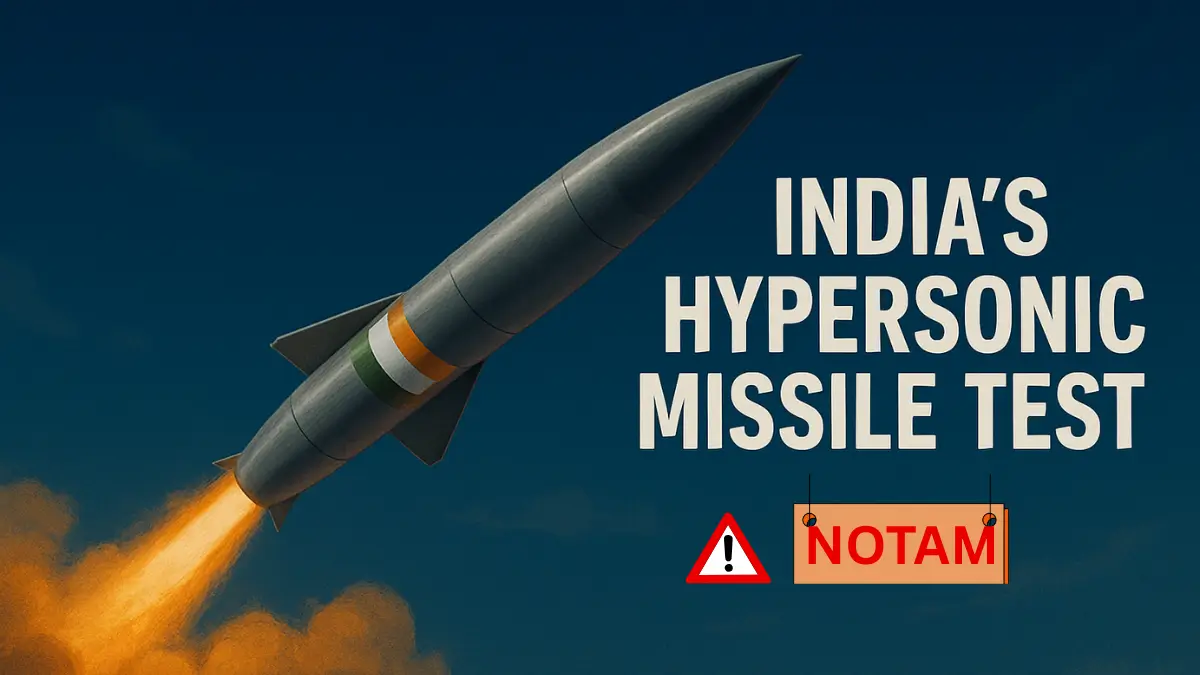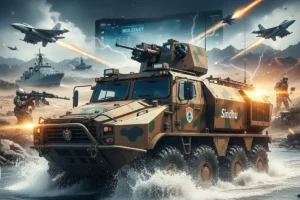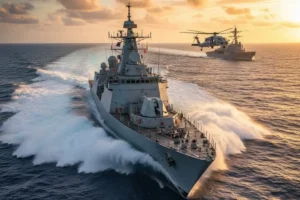India has re-issued a Notice to Airmen (NOTAM) for a likely missile test near the Andaman and Nicobar Islands scheduled from December 1–3, 2025, following an earlier cancellation due to Chinese spy ships in the region. This strategic move represents a critical moment in India’s hypersonic weapons development and demonstrates the country’s advancement into an elite circle of military powers alongside the US, China, and Russia.
What Triggered the NOTAM?
The NOTAM reissuance comes after the initial test scheduled for November 25–27 was postponed. Defence analysts confirm that India deliberately delayed the December 1–3 test window to avoid interference from Chinese research vessels operating in international waters. Specifically, China’s spy ship Shi Yan-6, equipped with advanced radars and tracking systems, had positioned itself near the Andaman region to monitor missile trajectories. By scheduling the test for December 1–3, India calculated that the Chinese vessel would shift westward toward Mauritius, clearing the monitoring zone.
The postponement reveals an interesting geopolitical reality: even space-bound testing cannot escape the watchful eyes of rival powers. However, India’s decision to reschedule—rather than cancel—underscores the nation’s determination to move forward with Dhvani testing despite external scrutiny.
Additionally, India has issued a second NOTAM for December 6–8, 2025, extending the no-fly zone to approximately 1,480–1,695 kilometers over the Bay of Bengal. This extended NOTAM suggests tests of multiple missiles or extended test operations, potentially including variants of the Agni or other strategic systems.
Understanding the NOTAM: Why It Matters
A NOTAM (Notice to Airmen) is an official alert issued by aviation authorities to pilots, airlines, and air traffic controllers about temporary airspace restrictions or potential hazards. These notices ensure flight safety by communicating real-time changes that could affect operations.
In India’s case, NOTAMs serve a dual purpose: they comply with international aviation regulations while transparently signaling military readiness to the world. The vast no-fly zones—spanning 1,480 kilometers or more—underscore the scale and range of weapons being tested. Such massive airspace restrictions are uncommon and reserved only for strategic-level weapons systems.
The Dhvani Hypersonic Missile: India’s Game-Changer
The anticipated December test likely involves Dhvani, a Hypersonic Glide Vehicle (HGV) being developed by India’s Defence Research and Development Organisation (DRDO).
Key specifications of Dhvani:
- Speed: Exceeds Mach 5 (over 7,400 km/h)—nearly five times the speed of sound
- Range: 6,000–10,000 kilometers, potentially exceeding the Agni-V ICBM
- Design: 9-meter length, 2.5-meter width with a blended wing-body configuration
- Thermal Protection: Ultra-high-temperature ceramic composites withstand 2,000–3,000°C during re-entry
- Stealth Features: Angled surfaces and smooth contours minimize radar cross-section, making it nearly undetectable to enemy radars
- Targets: Capable of striking both land-based and maritime targets with precision
Unlike conventional cruise missiles like BrahMos (which travels at Mach 2.8–3), Dhvani employs a glide phase. After a booster rocket elevates the vehicle to extreme altitudes, it enters a hypersonic glide, allowing unpredictable mid-course maneuvers that existing air-defence systems cannot intercept.

How Hypersonic Missiles Work
Hypersonic systems use Scramjet (Supersonic Combustion Ramjet) propulsion. The process involves:
- Booster Phase: A conventional rocket elevates the vehicle to Mach 1.5+, enabling scramjet ignition
- Air Intake: Scramjet scoops oxygen from the atmosphere and mixes it with fuel
- Combustion: Fuel burns at extreme speeds (over 19,000 mph), generating thrust
- Thrust Generation: Energized gases exit through injectors, propelling the vehicle to Mach 5 and beyond
This two-stage propulsion approach distinguishes hypersonic systems from single-stage cruise missiles, enabling both speed and maneuverability.
Strategic Significance of Andaman & Nicobar Islands
The Andaman and Nicobar Islands, located 1,300 kilometers southeast of mainland India, serve as the ideal testing ground for long-range missiles.
Geographic advantages:
- Proximity to Malacca Strait: Less than a day’s steaming from the region’s busiest maritime chokepoint, connecting the Indian Ocean to the Pacific
- Distance from populated areas: Ensures civilian safety during high-risk testing
- Maritime surveillance hub: Straddles four international maritime zones with Myanmar, Thailand, Indonesia, and Bangladesh
- Forward operations base: Enables rapid military deployment across the Indo-Pacific
The Andaman and Nicobar Command (ANC), India’s only Tri-Service Theatre Command, headquartered in Port Blair, oversees all operations in the region. By conducting tests here, India signals regional stability and operational readiness while monitoring critical sea lanes through which trillions of dollars in global trade pass annually.
India’s Missile Arsenal and December’s Broader Context
The December 1–3 and December 6–8 NOTAMs are part of India’s broader military readiness initiative. Recent test schedules include:
- Agni-Prime missile: Successfully tested in September 2025 from a rail-based launcher, demonstrating mobile deployment capability—a feature possessed by only a few nations
- Akash Prime air-defence system: Tested in Ladakh at altitudes exceeding 4,500 meters, proving capability in extreme environments
- Prithvi-II and Agni-I ballistic missiles: July 2025 tests demonstrated precision accuracy
The staggered NOTAMs suggest a coordinated testing schedule to validate multiple systems simultaneously. India’s defence establishment is prioritizing operational validation of both offensive and defensive systems before year-end 2025.
Global Context: The Hypersonic Race
India’s Dhvani test places the nation within an exclusive club of hypersonic-capable powers:
- United States: X-51A Waverider, AGM-183 ARRW (in development)
- Russia: Avangard, Kinzhal hypersonic missiles
- China: DF-ZF (WZ-8), multiple glide vehicle systems
India’s success with Dhvani would fundamentally alter the regional strategic balance in the Indo-Pacific, complicating air-defence strategies for adversaries and elevating India’s deterrence posture.
Chinese Surveillance: A Geopolitical Game
The presence of three Chinese spy ships—Shi Yan-6, Shen Hai Yi Hao, and Lan Hai 201—in Indian Ocean waters underscores the geopolitical competition surrounding India’s tests. These vessels perform systematic underwater mapping, sonar profiling, and trajectory tracking to gather intelligence on missile capabilities.
India’s rescheduling strategy demonstrates tactical awareness: by shifting test dates, New Delhi ensures that critical capability demonstrations occur without adversarial data collection. However, sources suggest that China’s vessels were already compiling intelligence from India’s previous missile tests, refining Beijing’s understanding of India’s strategic reach.
Implications for Defence Aspirants (NDA/CDS Candidates)
For NDA (National Defence Academy), CDS (Combined Defence Services), and other defence examination candidates, understanding missile testing protocols is increasingly important. Examination trends suggest questions on:
- NOTAM purpose and international aviation standards
- Hypersonic technology basics: Scramjet propulsion, HGV mechanics
- Strategic importance of island territories in maritime doctrine
- Geopolitical dimensions: Intelligence gathering, regional power dynamics
- India’s missile spectrum: From short-range tactical systems to strategic ICBMs
Future Outlook: Operational Deployment by 2029–2030
According to DRDO officials, successful Dhvani testing in late 2025 is a critical milestone toward operational deployment by 2029–2030. This timeline aligns with India’s broader defence modernization roadmap, which prioritizes indigenous weapons development and self-reliance under the “Atmanirbhar Bharat” initiative.
What’s Next?
India’s December tests will be closely monitored by global defence analysts. Successful execution of the Dhvani test would validate decades of DRDO research into hypersonic technology—work initiated after the successful Hypersonic Technology Demonstrator Vehicle (HSTDV) test in September 2020, which demonstrated indigenously developed scramjet propulsion at Mach 6.
The broader implication: India’s military modernization is no longer reactive. With hypersonic weapons nearing operational status, India has shifted to proactive deterrence, fundamentally reshaping the security architecture of the Indo-Pacific.
India’s Missile Test Alert: December 1-3 NOTAM Explained
India has re-issued a NOTAM for missile testing near Andaman & Nicobar Islands from December 1–3, 2025, signaling the likely test of the Dhvani hypersonic missile—a weapon system that would elevate India into an exclusive group of hypersonic-capable powers.

Why the December Dates Changed
The original test was scheduled for November 25–27 but was postponed when Chinese spy ship Shi Yan-6 positioned itself in international waters near Andaman to monitor missile trajectories. By rescheduling to December 1–3, India ensured the Chinese vessel would shift westward, away from the test zone. This strategic postponement reveals how missile testing has become a geopolitical game, with rival nations monitoring every launch.
What is a NOTAM?
A NOTAM (Notice to Airmen) is an official aviation alert that restricts airspace during military operations, missile tests, or other hazardous activities. India’s NOTAM encompasses a no-fly zone spanning 1,480+ kilometers over the Bay of Bengal and Andaman region, indicating the massive range of the weapon being tested.
The Dhvani Hypersonic Missile: Facts You Need to Know
Dhvani is a next-generation Hypersonic Glide Vehicle (HGV) developed by DRDO to travel at Mach 5+ speeds (over 7,400 km/h):civilsdaily+2
- Range: 6,000–10,000 km, exceeding India’s Agni-V ICBM
- Maneuverability: Mid-course directional changes make interception nearly impossible
- Stealth: Ultra-low radar cross-section due to angled geometry
- Thermal Shielding: Ceramic composites withstand 2,000–3,000°C re-entry heat
- Targets: Both land-based and maritime targets
Unlike BrahMos (Mach 2.8–3), Dhvani’s glide phase after booster separation enables unpredictable trajectories, defeating existing air-defence systems.
How Hypersonic Technology Works
Hypersonic missiles use Scramjet engines that:
- Require a booster to reach Mach 1.5+ before scramjet activation
- Scoop oxygen from the atmosphere and mix with hydrogen fuel
- Sustain combustion at extreme temperatures and speeds
- Generate thrust through expelled high-temperature gases
This unique propulsion system distinguishes hypersonic weapons from conventional cruise missiles.
Why Andaman & Nicobar Islands?
These islands, located 1,300 km southeast of India, are chosen for testing because they:
- Provide open-water safety zones away from populated areas
- Offer access to the Malacca Strait, one of the world’s busiest maritime passages
- Enable maritime domain awareness across critical sea lanes
- House the Andaman and Nicobar Command (ANC), India’s tri-service military command
The Bigger Picture: Multiple December NOTAMs
India has issued a second NOTAM for December 6–8, 2025, expanding the restricted zone to 1,695 kilometers over the Bay of Bengal. This suggests tests of multiple missile systems or extended operational validation, potentially including Agni variants or other strategic weapons.
Three Chinese research vessels—Shi Yan-6, Shen Hai Yi Hao, and Lan Hai 201—currently operate in Indian Ocean waters, equipped with advanced radars and sonar systems for missile trajectory tracking and submarine route profiling. India’s rescheduling demonstrates how intelligence gathering shapes military timelines. Successful Dhvani testing would place India alongside US, Russia, and China as hypersonic-capable nations, fundamentally altering regional strategic dynamics. According to DRDO, operational deployment is expected by 2029–2030.
India’s December missile tests represent more than technical validation—they signal strategic independence and deterrent credibility in the Indo-Pacific. With hypersonic weapons nearing operational status, India has shifted from reactive security posturing to proactive deterrence.











